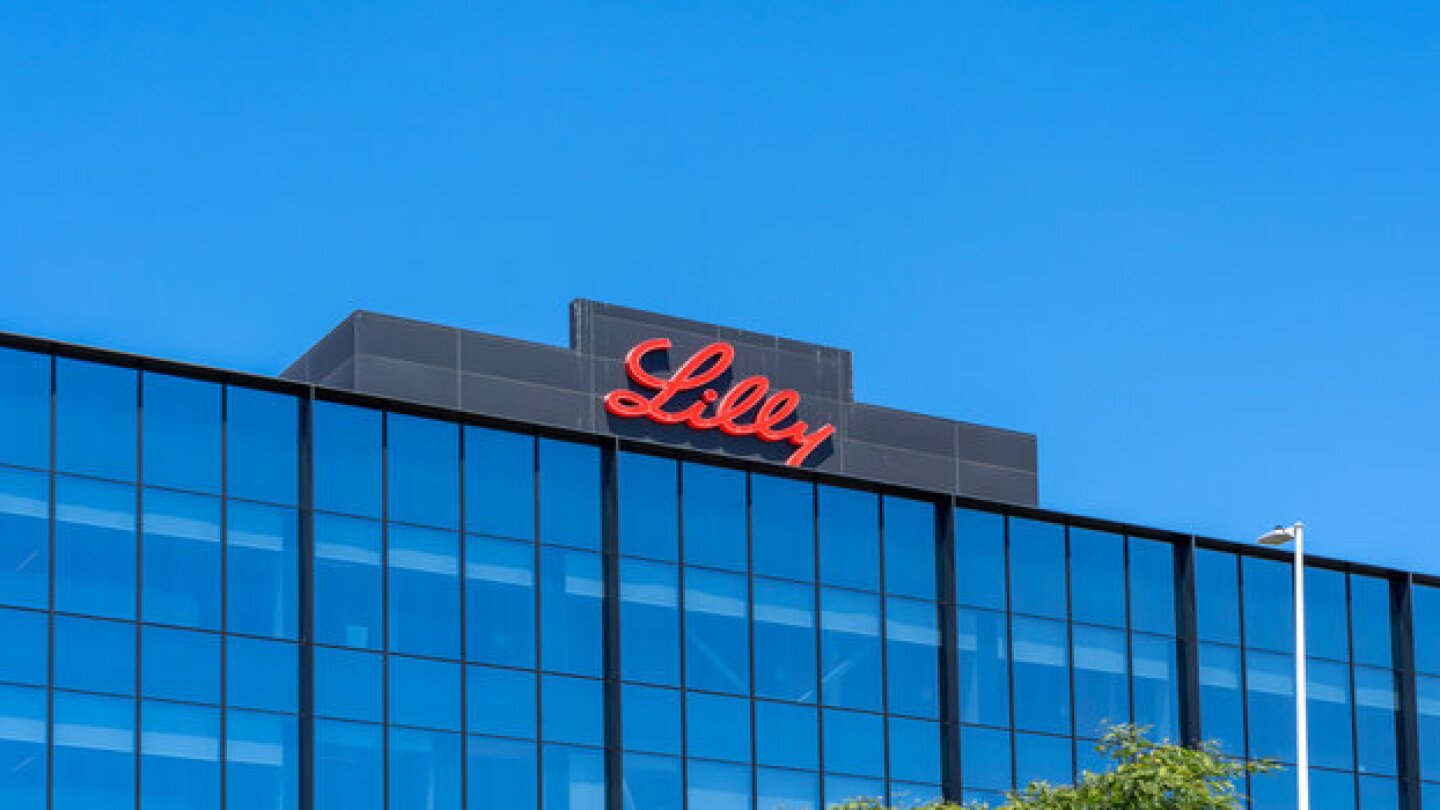Business
After the FDA rejection of Zurzuvae in one type of depression and the triple failure of neuro asset dalzanemdor, Sage was searching for a path forward at the end of December 2024. Biogen CEO Chris Viehbacher spied a possible deal, but the smaller company wasn’t interested.
FEATURED STORIES
Executives don’t just get paid big bucks to operate a company. Sometimes they get paid millions to walk away.
Biotech was starting to show signs of recovery after years of investor pullback—until new tariffs and economic uncertainty sent fresh shockwaves through an already fragile market.
Alnylam and BridgeBio are competing for people who are switching from Pfizer’s blockbuster ATTR amyloidosis drug tafamidis while all three companies are fighting for new patients.
Subscribe to BioPharm Executive
Market insights and trending stories for biopharma leaders, in your inbox every Wednesday
THE LATEST
BioSpace did a deep dive into executive pay, examining the highest compensation packages, pay ratios and golden parachutes—what a CEO would get paid to leave.
As of March 31, Recursion Pharmaceuticals had a cash position of $509 million. Following Tuesday’s layoffs, the biotech expects its runway to last into the fourth quarter of 2027.
Odyssey filed for an IPO in January but never revealed a fundraising target.
After a major shareholder pushed back, Keros is returning half of its capital to investors in a move that Guggenheim analysts called “a positive step forward.”
Genrix’s velinotamig complements Cullinan’s own pipeline, according to William Blair, which added that the deal will put Cullinan in a better position to target autoimmune diseases.
Eli Lilly joins up with Camurus to make long-acting versions of the pharma’s obesity and diabetes drugs, joining the industry’s growing pipeline of programs that are differentiated by the frequency of dosing.
Recent decisions to reduce health and science research funding and limit the participation of international students and researchers could prove damaging in the short and long term.
Sanofi and BMS paid big money for rare disease and cancer assets, while Regeneron got in the obesity game; AstraZeneca, Gilead and Amgen shone at ASCO; RFK Jr. and the CDC appeared to disagree over COVID-19 vaccine recommendations and several news outlets are questioning the validity of the White House’s Make America Healthy Again report.
J&J has a multi-year head start, but Gilead believes it can win market share by delivering a drug with better safety and at least as good efficacy.
Jefferies has predicted more small tuck-in deals to come, as biotechs struggle to access capital despite key clinical milestones on the horizon.
















